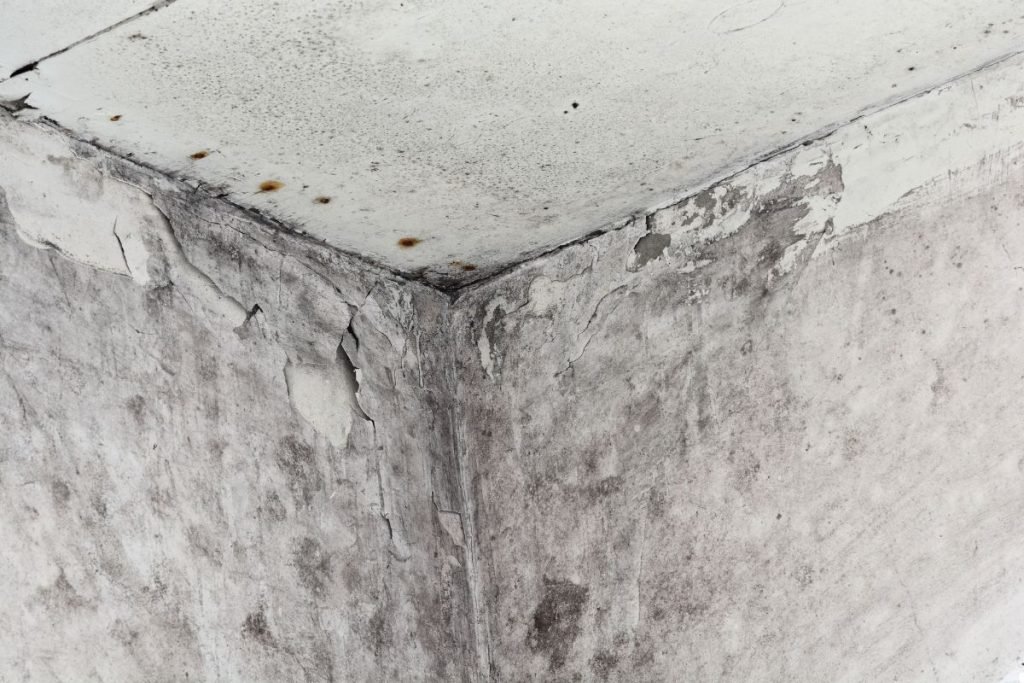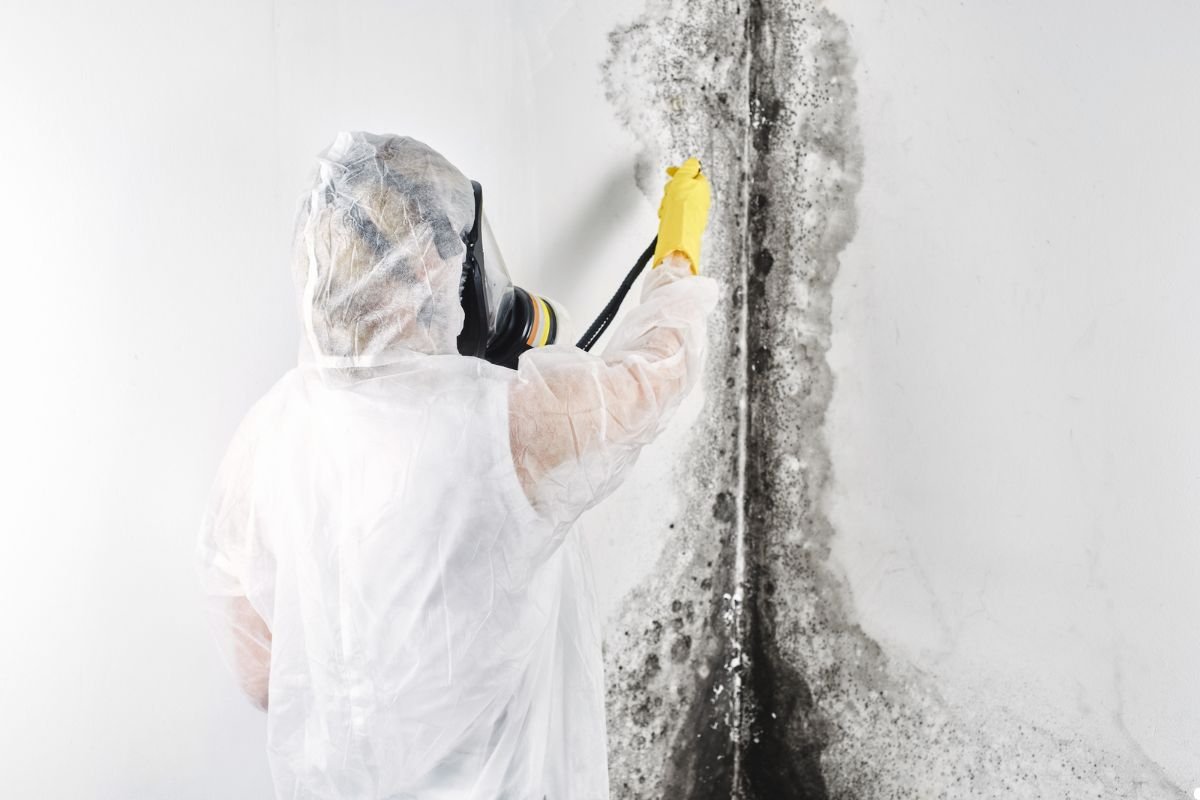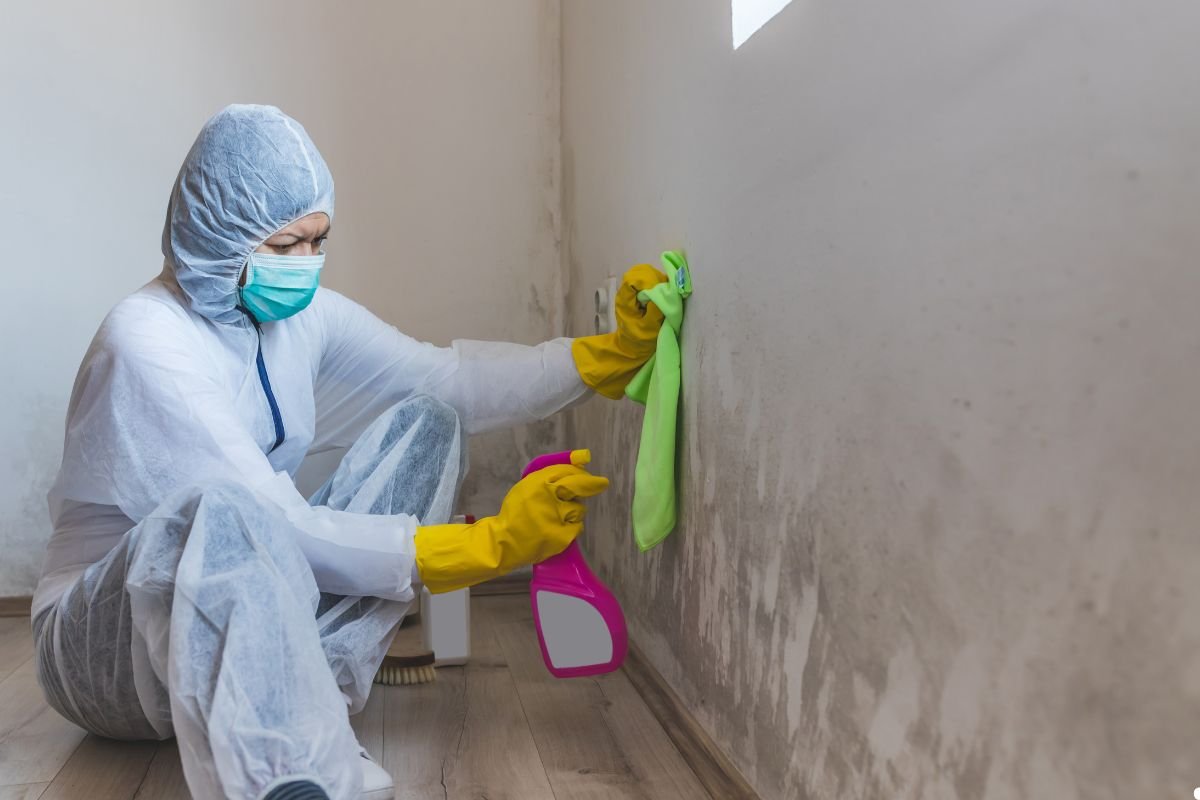
Dry rot is a serious issue that can compromise the structural integrity of your home. The key to eradicating dry rot lies in early detection, addressing the moisture source fueling its growth, removing the affected wood, and applying appropriate treatments. This comprehensive guide will walk you through identifying, treating, and preventing dry rot, ensuring your home remains safe and sound.
What is Dry Rot?

Dry rot, despite its name, requires moisture to thrive. It’s a type of fungal decay caused by specific fungi species, most notably Scruple layman’s. Unlike wet rot, dry rot can spread through seemingly dry areas by transporting water through specialized strands. Ignoring dry rot can lead to significant structural damage and costly repairs, as it weakens the wood from the inside out, eventually causing it to crumble. If you suspect a dry rot issue, don’t delay – taking action now can save time and money. Learn more about wood mold removal services
Identifying Dry Rot: Signs and Symptoms
Catching dry rot early is crucial. Here’s what to look for:
- Visual Signs of Dry Rot: The wood may appear brown and crumbly, often with a characteristic cuboidal cracking pattern (the wood breaks into roughly cube-shaped pieces). You might also see fungal growth, ranging from cotton-like masses to pancake-shaped fruiting bodies.
- Musty Odor and Other Clues: A damp, musty odor is a telltale sign of fungal activity. The wood may also feel soft or spongy to the touch.
- Areas Prone to Dry Rot: Look for dry rot in areas with poor ventilation and high moisture levels, such as basements, crawl spaces, under sinks, and around leaky pipes. Identifying these vulnerable spots early can prevent further damage and costly repairs. Explore our crawl space mold removal services for professional assistance
Don’t let dry rot compromise your home’s safety! If you suspect you have a dry rot issue, Call us today for a professional inspection and effective solutions.
Preparing to Treat Dry Rot
Before tackling dry rot, preparation is essential for your safety and the effectiveness of the treatment.
- Safety Precautions: Wear appropriate personal protective equipment (PPE), including gloves, a mask, and eye protection. Dry rot spores can be harmful if inhaled or come into contact with your skin.
- Gathering Your Tools and Materials: You’ll need tools such as a scraper, wire brush, saw, chisel, and drill. Materials will include a suitable wood preservative, fungicide treatment, wood filler (if repairing), and replacement wood (if necessary).
Dry Rot Treatment: A Step-by-Step Guide
Now for the core of the solution – removing the dry rot.
- Remove the Damaged Wood: Carefully remove all wood affected by dry rot, cutting back to healthy, solid wood. It’s crucial to remove any timber that may harbor fungal spores. Dispose of the infected wood properly, preferably by burning it (where local regulations allow) or sealing it in a plastic bag before disposal.
- Apply Fungicide Treatment: Apply a wood preservative and fungicide treatment to the surrounding area, including the exposed healthy wood and any adjacent materials. Ensure the treatment penetrates deep into the wood. Follow the manufacturer’s instructions carefully.
- Wood Replacement or Repair: Depending on the extent of the damage, you may need to replace the removed wood with new timber. Ensure the replacement wood is properly treated with a wood preservative. If the damage is minor, you may be able to repair the area with wood filler. In one of our previous projects dealing with a similarly affected basement, we recommended a complete overhaul of the supporting beams.
Is dry rot threatening your property’s structural integrity? Call us and let our expert team provide lasting solutions.
Preventing Future Dry Rot Problems

Prevention is always better than cure. By taking proactive steps, you can minimize the risk of dry rot recurring:
- Improving Ventilation: Ensure adequate ventilation in susceptible areas, such as basements and crawl spaces. Install vents or use fans to circulate air.
- Controlling Moisture: Address any sources of moisture, such as leaks, condensation, or rising damp. Repair leaky pipes, improve drainage, and use dehumidifiers in damp areas.
- Regular Inspections: Conduct regular inspections of your home, paying close attention to areas prone to dry rot. Catching problems early can prevent them from escalating.
When to Call a Professional for Dry Rot
While some dry rot problems can be handled DIY, there are times when professional help is essential:
- Extent of Damage: If the dry rot is extensive and has compromised structural elements of your home, such as load-bearing walls or floor joists, it’s best to call a professional.
- Location of Dry Rot: If the dry rot is located in a difficult-to-reach area, such as behind walls or under floors, a professional with specialized equipment may be needed.
- Peace of Mind: Dealing with dry rot can be stressful. If you’re unsure about the best course of action, calling a professional can provide peace of mind knowing the problem is being handled correctly.
Frequently Asked Questions About Dry Rot
Is dry rot dangerous?
Yes, dry rot can be dangerous because it weakens the structural integrity of wood, potentially leading to collapses.
How fast does dry rot spread?
The spread of dry rot depends on environmental conditions, such as moisture levels and temperature. However, it can spread relatively quickly under optimal conditions.
Can dry rot affect my health?
While dry rot spores aren’t typically directly harmful to humans, they can cause allergic reactions or respiratory problems in sensitive individuals.
Protecting Your Home from Dry Rot
By understanding what dry rot is, identifying its signs, taking prompt action to treat it, and implementing preventative measures, you can protect your home from this destructive fungal decay. Remember that early detection and addressing moisture issues are key. Don’t hesitate to seek professional help if needed to ensure your home remains safe and structurally sound. [Read further resources](External Link – Anchor Text: Read further resources) from the EPA regarding protecting your home.
Secure your home against dry rot. Contact us now for a comprehensive inspection and protective solutions.

